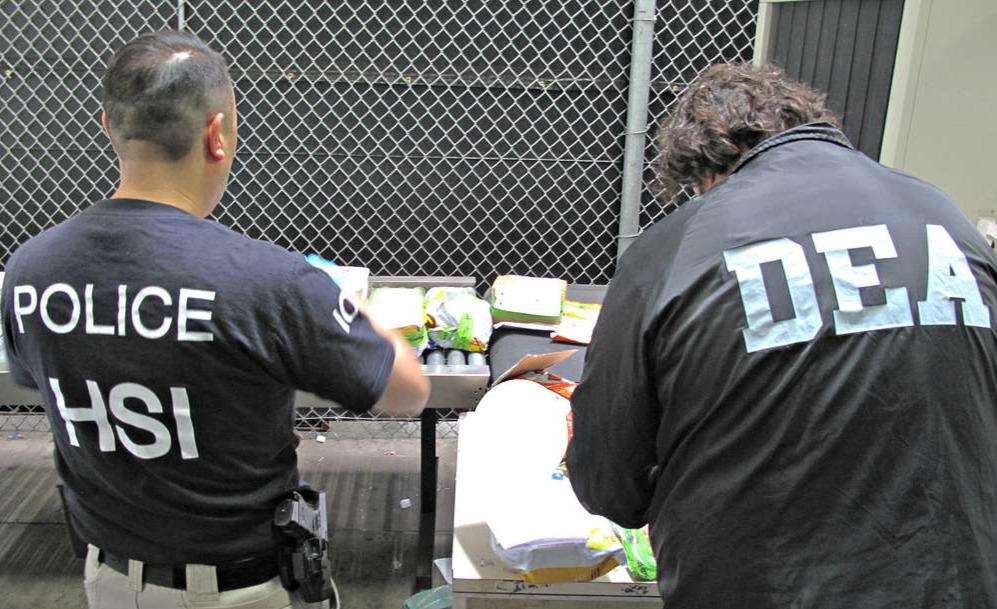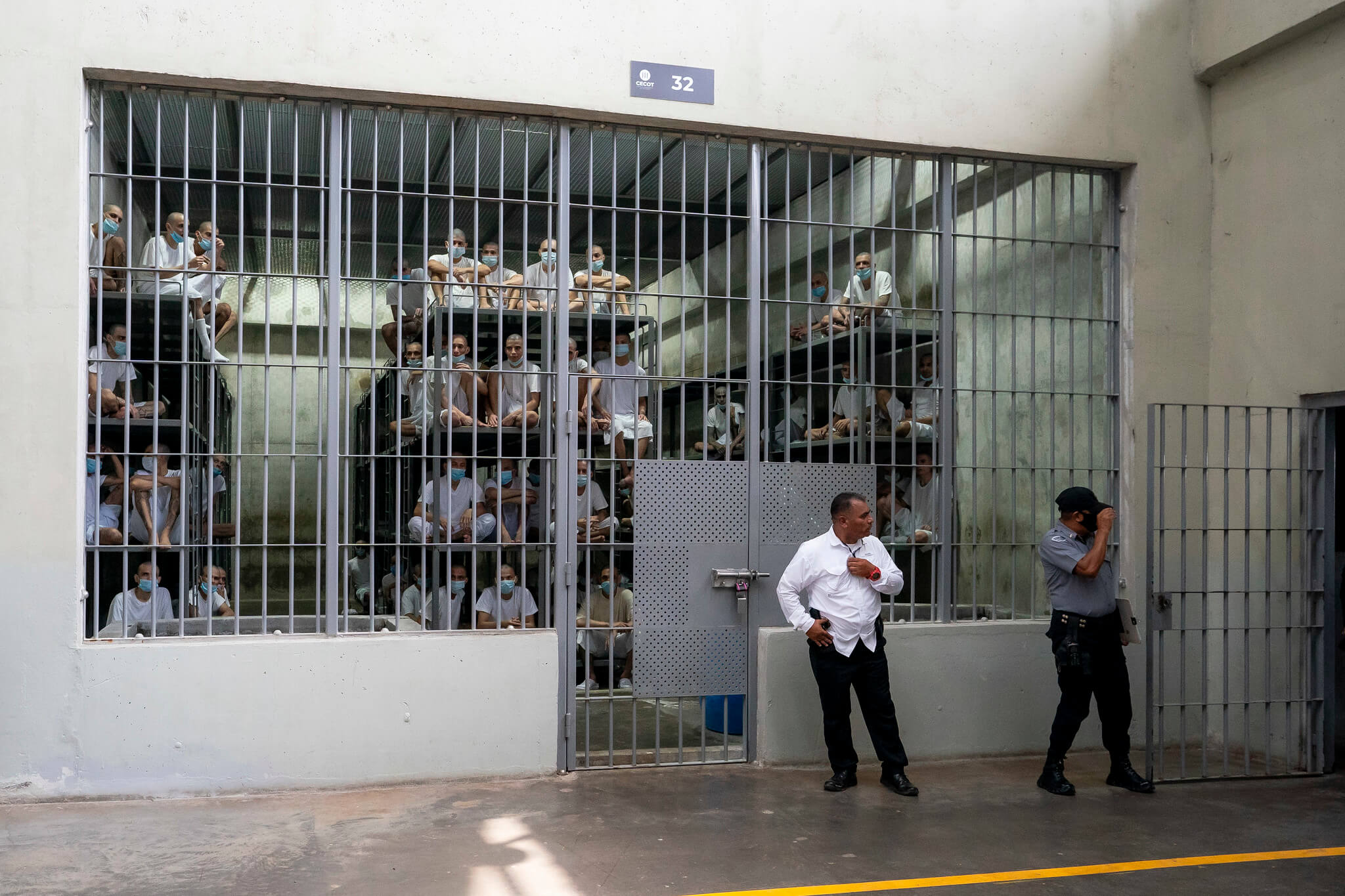Today's Headlines and Commentary
President Barack Obama used his historic Hiroshima visit today to reiterate his call for a nuclear free world. Obama is the first American president to visit the city where the U.S. dropped the first atomic bomb. In his remarks, he acknowledged, but did not apologize for, the attack.
President Barack Obama used his historic Hiroshima visit today to reiterate his call for a nuclear free world. Obama is the first American president to visit the city where the U.S. dropped the first atomic bomb. In his remarks, he acknowledged, but did not apologize for, the attack. Instead, Obama said that the souls of the dead “ask us to look inward, to take stock of who we are and who we might become.” Yet in the New York Times, William Broad highlights a new Federation of American Scientists report that underscores “the striking gap between Mr. Obama’s soaring vision of a world without nuclear arms, which he laid out during the first months of his presidency, and the tough geopolitical and bureaucratic realities of actually getting rid of those weapons.” According to the study, in 2015 the Obama administration dismantled just 109 warheads, “the fewest of his presidency and down from a peak of 356 in 2009” and the smallest reduction of any president in the post-Cold War era.
While the Pentagon continues to insist that American forces are not operating near the front lines in the battle against the Islamic State, American special operations forces have been spotted assisting Syrian Democratic Forces during their offensive against the Islamic State north of Raqqa, just 18 miles from the de facto capital of the group. Photographs published by Agence France-Presse show U.S. commanders near the frontline of the fight, and a SDF field commander told the newswire that “U.S. forces are taking part in this operation.” Pentagon officials challenged that assertion, saying that the mission remained to “advise and assist.”
Yet the biggest news from the photographs is actually a tiny detail: in addition to appearing alongside Kurdish and Arab fighters, several U.S. commandos were wearing the military insignia of the Kurdish People’s Protection Units (YPG), a decision justified by Pentagon Press Secretary Peter Cook who said that “special operations forces, when they operate in certain areas, do what they can to, if you will, blend in with the community.” Even so, the decision to wear Kurdish patches confirms the depth of the relationship between the United States and its YPG partners, prompting outrage from Turkey, who considers the YPG and its PKK extension, a terrorist group. On Friday, Turkish Foreign Minister Mevlut Cavusoglu called the patches “unacceptable,” and suggested that even force protection explanations were “two-faced.”Roughly 200 U.S. commandos are on the ground in northern Syria, with about 100 more on the way.
Elsewhere in Syria, Islamic State fighters advanced towards the town of Azaz, near the Turkish border, just outside of Aleppo. According to the Syrian Observatory for Human Rights, the assault marked the biggest advance by ISIS in the region in two years, bringing the militant group within 3 miles of a critical supply point for rebel groups fighting jihadists. Reuters has more. The news comes as U.N. Envoy to Syria Staffan de Mistura said that there would be no new round of peace talks for at least two or three weeks.
“Yemen’s warring parties have agreed to a prisoner exchange before the Muslim holy month of Ramadan in early June,” according to Reuters. The newswire reports that Houthi sources said 1,000 prisoners would be exchanged, but a separate government source suggested that “all detainees” would be exchanged. If true, then more than 4,000 prisoners could be exchanged. The move likely reflects a show of goodwill as both parties attempt to hammer out a peace deal in Kuwait.
Yet as peace talks drag into their second month, Reuters also updates us on the growth of al Qaeda in the country, writing that while AQAP was pushed out of its de facto capital of Mukalla, “militants are still entrenched in other parts of the country’s south, reaping profits from smuggled fuel.” The militant group is “taxing fuel delivered illicitly to remote beaches along the Arabian Sea coast.” Many Yemeni ports are subject to a Gulf Arab “quasi-blockage” in order to prevent arms from reaching the Houthis.
Pakistan yesterday confirmed that it was indeed Mullah Mansour, the leader of the Taliban, killed in a U.S. drone strike in Balochistan. Sartaj Aziz, the chief foreign affairs adviser to Prime Minister Nawaz Sharif, told reporters that “all indicators confirm that the person killed in the drone strike was Mullah Akhtar Mansour, who was traveling on a fake identity.” Pakistan, however, denied earlier reports that it had handed over the body of the insurgent leader to the Taliban for burial, saying that it was still in Pakistani custody for DNA testing. The Times has more.
Yet while it was widely know that the leadership of the Afghan Taliban sheltered in Pakistan, less known was the extent of cooperation between Tehran and the Taliban. In an exclusive for Foreign Policy, Yochi Dreazen shares that “Iran is working with the Taliban to set up a buffer zone along its border with Afghanistan to keep out the Islamic State.” While the Taliban and the Iranian government are ideologically opposed (Tehran even provided funds and weapons to the Northern Alliance, a group that opposed Taliban rule), Dreazen writes that their recent cooperation is just “the latest sign of how the rise of the Syria-based terror group is turning longtime rivals into uneasy allies.”
In Africa, as terrorist threats escalate from groups like al Shabaab, al Qaeda in the Islamic Maghreb, Boko Haram, and the Islamic State’s affiliate in Libya, the United States is ramping up its counterterrorism cooperation. The New York Times outlines the extent of the new cooperation, including hostage rescue simulations in Burkina Faso, trainings for police commandos in Kenya, and joint exercises in Gabon.
Reuters updates us on two ongoing Capital Hill battles over both encryption and FBI hacking powers. According to the newswire, the draft encryption legislation circulated by Senators Richard Burr (R-NC) and Dianne Feinstein (D-CA) “likely will not be introduced this year and, even it it were, would stand no chance of advancing.” Absent White House support and facing clear opposition from civil liberties advocates and tech companies, the bill seems destined to stall for the time being. On another front, Dustin Vols shares that an effort in the Senate allow the FBI to issue administrative subpoenas known as National Security Letters in cases involving electronic communications transaction records has delayed a vote on the Email Privacy Act, a popular bill that would require government authorities to obtain a search warrant before requesting access to old emails. The amendment casts doubt on whether the legislation will become law this year.
From the war court at Guantanamo Bay, the Miami Herald reports that defense attorneys for the five men charged as part of the 9/11 conspiracy have called Abu Zubaydah to testify in the case. Zubaydah, who has never been charged with a crime, has not been seen publicly since his 2002 capture and interrogation by the CIA. According to the Senate Torture Report, Zubaydah was the first detainee subjected to the Agency’s enhanced interrogation tactics. He could testify as early as next week.
Parting Shot: Earlier this week, headlines were awash with stories about a GAO report that indicated the United States still uses antiquated computer technology to manage its nuclear arsenal. But in the Washington Post, Brian Fung explains the reason why this is so: sometimes, “low tech is safer tech.” Check out this odd cybersecurity story here.
ICYMI: Yesterday, on Lawfare
Jack Goldsmith and Oona Hathaway highlighted an “important first step by HPSCI on pre-publication review reform.”
Nora Ellingsen brought two new indictments for material support to ISIS to our attention, explaining the circumstances of both cases.
Email the Roundup Team noteworthy law and security-related articles to include, and follow us on Twitter and Facebook for additional commentary on these issues. Sign up to receive Lawfare in your inbox. Visit our Events Calendar to learn about upcoming national security events, and check out relevant job openings on our Job Board.





